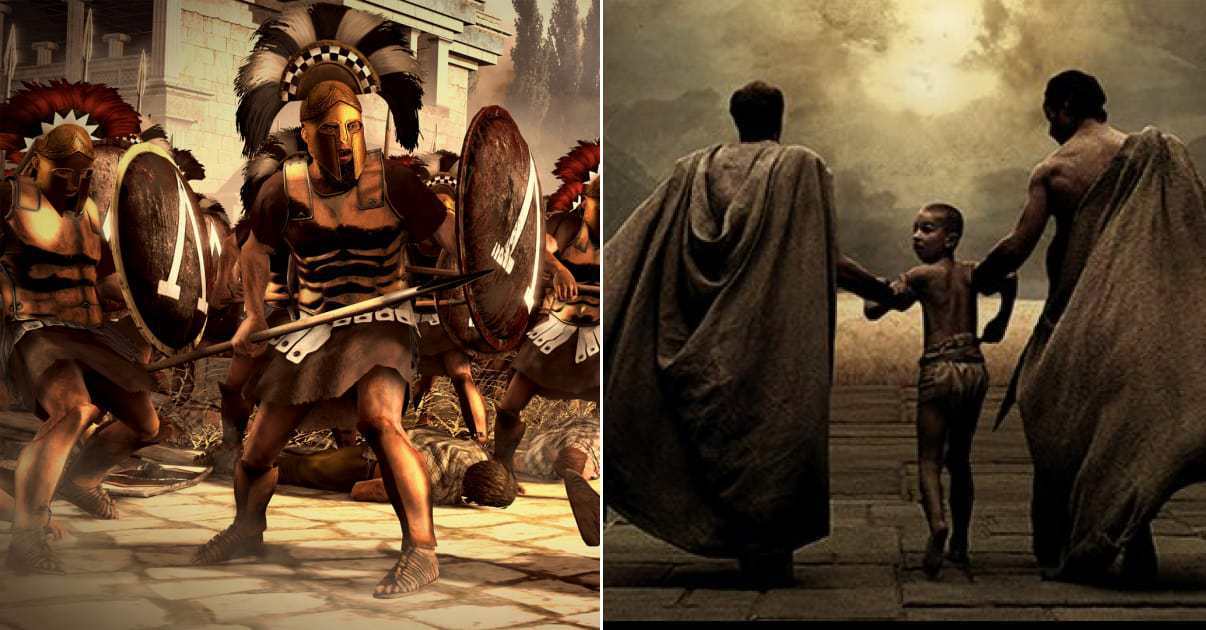History is painted red with the blood of countless battles. Ancient tribes and loose bands of warriors ruthlessly slaughtered one another while fighting over spirits or scarce resource. As time progressed, the ranks of monarchical and national armies swelled with soldiers who, willingly or otherwise, marched off to more “civilized” wars. Prior to meeting on the field of battle, all these combatants were forced to follow initiation rites or training the fostered their lethality, obedience, and discipline. What follows are twelve timeless trials that tested the mettle of would-be warriors from ancient times to the present.
Akkad’s Military Dictatorship (2334 – 2154 BC)
In lifting the veils of the past and peering through the misty haze of antiquity, one would expect to find tales of primitive cultures that lacked the organizational practices and sophisticated features of more modern societies. Nothing could have been further from the truth, during the late third millennium BC, when some of the world’s first agrarian societies were vying for power in remote areas of ancient Eurasia. Centuries of incessant conflict across contested stretches of fertile land eventually gave rise to the Akkadian Empire, a venerable powerhouse of early Mesopotamia, and one of history’s first professional armies.
Sargon the Great (later, Sargon of Akkad) founded the empire that bore his name c. 2340 BC; almost two thousand years before his Persians successors first clashed with the western world. He ruled with an iron fist, from atop what was perhaps the world’s first military dictatorship, and is credited with forcibly uniting the city-states of Sumer and Akkad under a single banner. Scholars glean a great deal of information about the Akkadian Empire from ancient Sumerian administrative records etched into clay tablets. Carved in cuneiform—one of the world’s oldest written languages—these accounts reveal much about Akkadian warfare.

The rise of sedentary farming centers led to the growth of diversified labor and made professional soldiering possible starting around 4000 BC. Constant battles between Mesopotamian city-states hastened their martial development beyond that of neighboring cultures. Administrative records and archeological evidence suggest that the Akkadian army consisted of thousands of troops who were forced to serve dictators under brutally tough conditions. While little is specifically known about Akkadian basic training, conscripted soldiers were compelled to serve their ruler under penalty of torture or death—a world first that earned them an initial nod on this list.

